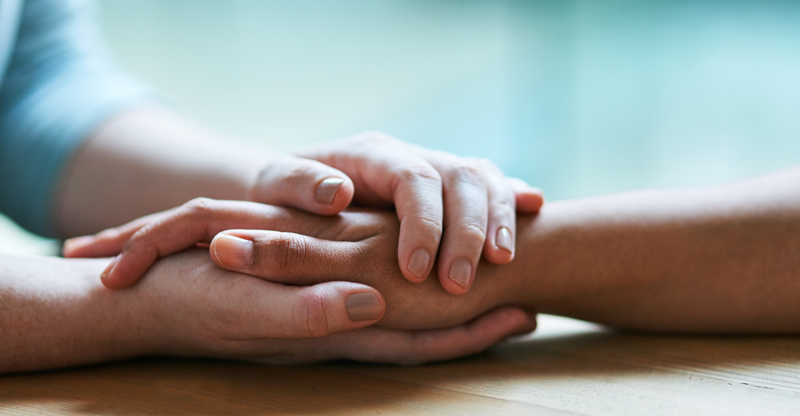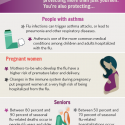Parkinson’s disease: Signs, symptoms, and treatment
Muhammad Ali, Michael J. Fox, Johnny Cash, Janet Reno, and Pope John Paul II all have something in common. Do you know what it is?
If you guessed they were all afflicted with Parkinson’s disease, you are correct. There are approximately 60,000 Americans diagnosed each year with Parkinson’s disease, and more than 10 million people around the world are living with it.
A neurodegenerative brain disorder, Parkinson’s disease causes the brain to slowly stop the production of dopamine, a neurotransmitter helping regulate body movement and emotions.
Parkinson’s has many symptoms, categorized by primary motor symptoms, secondary symptoms, and non-motor symptoms.
Primary motor symptoms
- Resting tremor — Shaking or oscillating movement when the person’s muscles are at rest or in a relaxed state.
- Rigidity — Muscles of the affected limbs are stiff and have limited range of motion, which can be uncomfortable or painful.
- Postural instability — Tendency for a person to be unstable when standing in an upright position.
- Bradykinesia — “Slow movement” affecting everyday functions, such as cutting food, putting on clothes, and even speech.
Secondary Symptoms
- Freezing — Hesitation before taking a step forward. People who experience this feel as if their feet are glued to the ground.
- Mask-like expression — Facial expression used to describe someone who has Parkinson’s disease. Faces will show less expression due to a decrease in unconscious facial movements.
- Unwanted accelerations — Quick unplanned and unexpected spurts of movement affecting speech, walking, or other forms of movement.
- Micrographia — Progressive shrinkage in handwriting.
Non-motor symptoms
- Mood disorders
- Loss of sense of smell
- Constipation
- Sleep disorder
- Standing low blood pressure
Parkinson’s is a progressive disease impacting people in various ways. Not every person will experience the same symptoms, the same order of the symptoms, or even the same level of intensity of symptoms. According to the www.parkinson.org website, the disease has five different stages.
Stage 1 — Symptoms generally do not get in the way of daily activities. The tremors and other movement symptoms occur only on one side of the body.
Stage 2 — Symptoms have now affected both sides of the body. Completing daily tasks has become more challenging. Walking issues and bad posture are noticeable to others.
Stage 3 — Symptoms are more common, now causing loss of balance and slow movements. There are more falls and limitations to usual daily activities.
Stage 4 — Symptoms have caused great physical limitations, and living alone is no longer possible. Assistance is needed with daily activities, such as walking or changing clothes.
Stage 5 — Symptoms have stopped the ability to walk or stand, requiring a wheelchair for mobility. Around-the-clock nursing care is required for assistance in all activities.
Since Parkinson’s disease affects individuals differently, treatment is based on a person’s particular symptoms. Each individual must go through a thorough evaluation to determine useful medications, as well as proper dosages and combinations with other drugs. Other treatment options include lifestyle modifications and surgical treatments, including deep brain stimulation and insertion of a tube in the small intestines to deliver medication.
If you would like more information on how to help find a cure for Parkinson’s disease, visit the National Parkinson Foundation or the Parkinson’s Disease Foundation. The web addresses for both are listed in the Resources section below.
Resources:
Parkinson’s Disease Foundation: http://www.pdf.org/about_pd
National Parkinson Foundation: http://www.parkinson.org/




